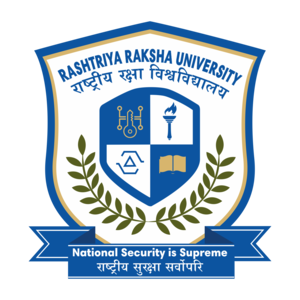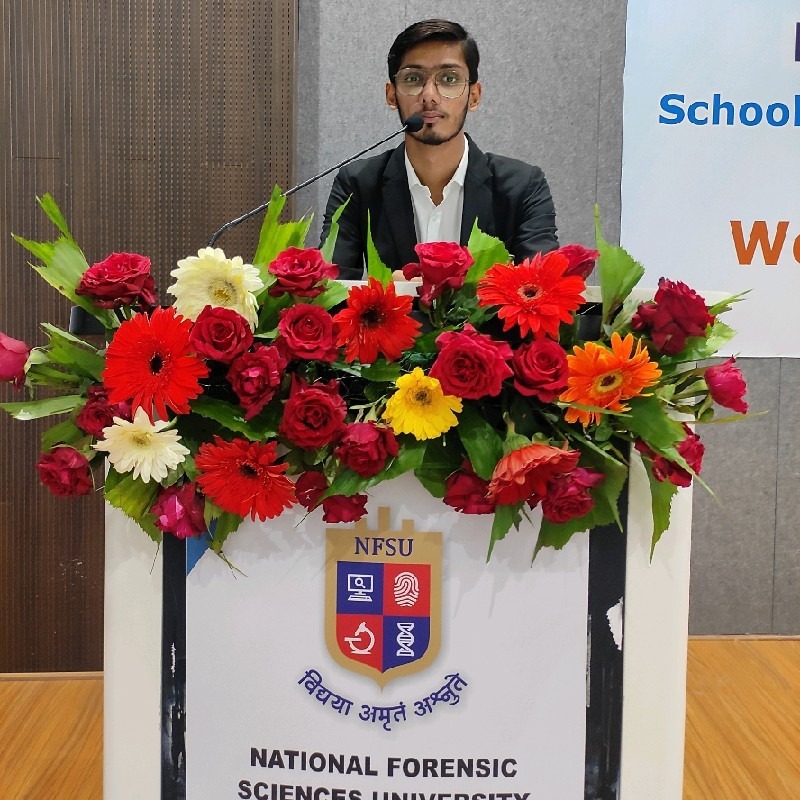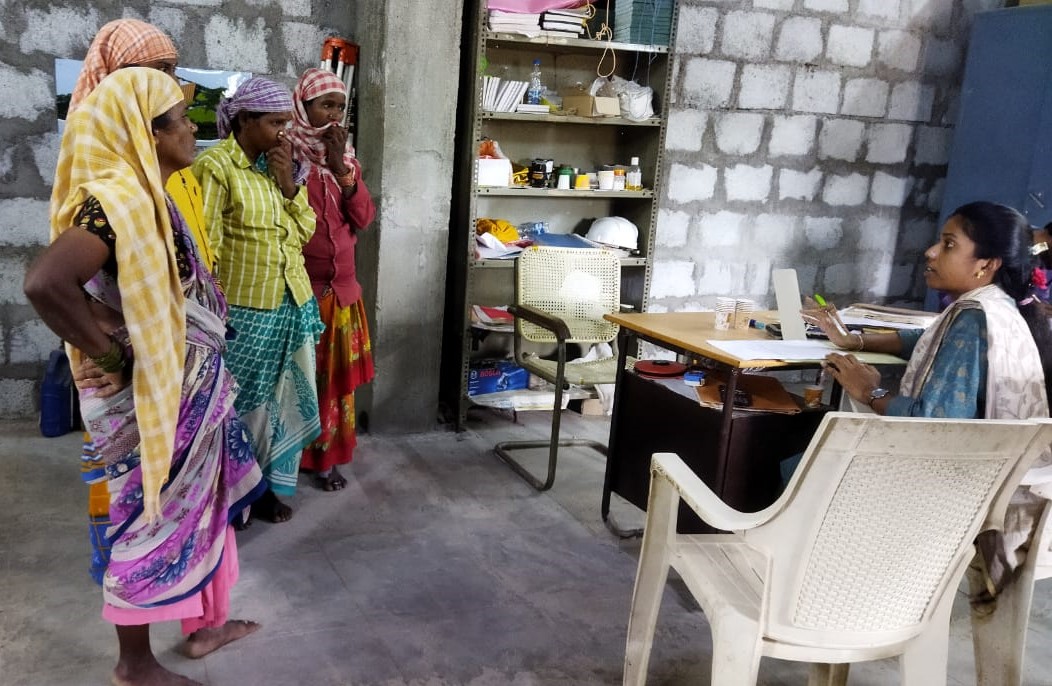Child Labour – A Socio-Legal Perspective by Vijay Kumar Dewan (Book Review)
- Anwesha Patra
- July 23, 2020
Content :
Child labour is a pervasive problem throughout the world, especially in the developing countries. It is especially prevalent in the rural areas where the enforcement of minimum age for schooling and work lacks. In India, child labour especially poses a challenge in front of the nation. The government has been taking pro-active steps to tackle this problem. However, considering the magnitude and extent of the problem and that it is essentially a socio-economic problem inextricably is linked to poverty and illiteracy; it requires efforts from all the sections from the society to make a dent in the problem. Mr. Vijay Kumar Dewan, a senior Supreme Court advocate took upon the task of giving insights on the complex topic pertaining to “Child Labour” by assimilating the international laws along with the national laws and various campaigns held for the resolution of the problem globally.
Child Labour – A Socio-Legal Perspective is authored by Mr. V. K. Dewan who attempts to provide the readers with a complete overview of the issue both in the India and in global context. It reflects briefly on the contemporary trends in the global child labour problem and a comparative study is jotted down. The report also inscribes selected national laws, action plans and programmes being followed for the elimination of child labour problem in India. Our country’s child labour rules and related initiative are analyzed critically vis-à-vis various attempts made towards the elimination of the impugnated problem across the globe. This Encyclopedia also provides readers with selected national laws on child labor and the action plans and programs being followed for the elimination of child labor problem in India. India\'s child labor rules and related initiatives are analyzed critically vis-à-vis various attempts being made towards elimination of child labor globally.
In addition, this Encyclopedia proved readers with a brief listing of acronyms on the subject, glossary of related terms, and detailed bibliography for the purpose of further referencing and research. An appendix proving supporting documents is presented and a brief index is provided herein to make this encyclopedia user-friendly. It is believed that this publication would go a long way on elaborating upon the various multilateral and bilateral agreements on the subject under analysis. The book will prove a boon to the society especially to the Bar, the Bench and the NGOs, who have been working on the issue of child labor. The public at large will also a benefit from it to a great extent. The Author also provides a large collection of figures highlighting the gravity of the matter.
The author has used simple words, a plethora of data, graphs and figures, and has authority over the subject in discussion for better understanding of the problem by the readers. The report has discussed in detail, about the recommendations of international conventions like International Labour Organization (ILO), United Nations International Covenant of Civil and Political Rights (ICCPR), United Nations Convention on the Right of the Child (CRC), United Nations International Children’s Emergency Fund (UNICEF), United Nations Educational Scientific and Cultural Organization (UNESCO), World Summit for Children and United Nations Supplementary Convention for the Abolition of Slavery, Slave Trade, and Institutions and Practices similar to Slavery. The Author also took inspiration from national laws like Employment of Children Act, 1938, Child Labour (Protection and Regulation) Act, 1986, Children (Pledging of Labour) Act, 1933, Factories Act, 1948, The Mines Act, 1952, Merchant Shipping Act, 1958, Moto Transport Workers Act, 1961, The Indian Penal Code, 1860 and The Constitution of India, 1950.
This Report has ten chapters, each discussing a certain aspect of the book in depth. The first chapter deals with the basic information of the problem and inscribes the civil rights and liberties of the children. The second chapter discusses the general survey of the problem across the globe discussing in detail, about each continent. The third and the fourth chapter are dedicated towards the Child domestic workers and street working children respectively. The fifth chapter discusses about global goals, actions and the timeline of the fight against child labour and the global trends. The sixth and seventh chapter talks about the international legal initiatives and conventions. The eighth discusses about selected national laws on child labour mainly focusing on The United States of America and Australia. The ninth chapter focuses on the initiative taken for curbing child labour. In addition, the last chapter keenly inscribes about the Indian regime.
Around 250 million children between the ages five to fourteen years work in developing countries – at least 120 million on a full time basis. Most of them work in inhumane conditions and are subject to abuse. Millions of children work under horrific circumstances: trafficked, forced into debt bondage or into other forms or slavery, forced into prostitution and/or pornography, or recruited as child soldiers in armed conflict. This results in trauma in their innocent brains hindering their physical, mental, social, emotional and moral development.
The Author raises his voice for the better understanding of the children under the harsh conditions of child labour. It is good read for better understanding of the scenario of the society and legal implications and punishments related to child labour. I would strongly recommend this book for anyone interested in child labour. As a whole, the book is an invaluable asset to the legal fraternity as well as the public in general.
It discusses, in great detail, the least addressed to subtopic of child labour: Child domestic labour. Domestic work is among the lowest, least regulated and poorest remunerated occupations and under control of the owner round the clock. It allows them least amount of freedom and free time.
It also shows the path to conquering the menace of child labour by showing us the statutes and various ways the State governments opted to curb the menace of child labour. However, the book mainly focuses on the international scenarios and conventions, which seem a bit irrelevant and unimportant with relation to the Indian society. Grouping India as a part of Asian countries also makes the data a bit vague. Even though it gives us an idea of the problem in great detail but the purpose of making the readers understand child labour in India, in particular, is not achieved.
Poverty in India can be defined as a situation when certain sections of people are unable to fulfill their basic needs. India has the world\'s largest number of poor people living in a single country. Extreme poverty, lack of opportunity for gainful employment and intermittency of income and low standards of living are the main reasons for the wide prevalence of child labour. Though it is possible to identify child labour in the organized sector, which form a minuscule of the total child labour, the problem relates mainly to the unorganized sector where utmost attention needs to be paid. The problem is universal but in our case, it is more crucial.
Despite a steady decline in child labour, progress is far too slow. At current rates, more than 100 million children will still be trapped in child labour by 2020. The continuing persistence of child labour poses a threat to national economies and has severe negative short and long-term consequences for the fulfillment of children’s rights guaranteed by the United Nations Convention on the Rights of the Child (CRC) – including denial of education and frequent exposure to violence.
This book gives us a clear idea about the hazards of child labour. It speaks about Right to Education. He has opinionated that to be effective in protecting the children, legal provisions should not only shield them from these extreme form of exploitation but should also extend to penalize other forms of exploitation that are deemed to be socially unacceptable that infringe upon fundamental child rights. These include fundamental rights forwarded by the CRC, which even though has been ratified in India as not fully adopted and as a consequence, some of the rights enshrined in this Convention enjoy limited jurisdictional power. Such rights include the right to be in contact with one’s family, the right to rest and leisure and the right to be protected from hazardous work. Moreover, the contravention of CRC and the ILO conventions there is no legal provisions requiring that the child workers minimum working age be provided with educational and vocational training.
The Author also break down child labour in various sectors of economic activity to allow us understand the sector responsible for using innocent children as workforce. He divides it into three sectors: agriculture, industry and services. The agricultural sector comprises of agriculture, hunting, forestry and fishing. Children’s work is mainly concentrated in agriculture, which accounts for more than two thirds (or 69 per cent) of all working children o the age group 5 to 14 years. The industry sector comprises of mining and quarrying, manufacturing, construction and public utilities (electricity, gas and water). It accounts for 9 per cent of the working children. The service sector comprises of wholesale and retail trade, restaurants and hotels, transport, storage and communication, finance, insurance, real estate, business services, community as well as personal services. It accounts for 22 per cent of the working children.
He has also addressed the issue of the over an issue to distinguish the overlapping definitions of child labour and working children. This difference is very crucial to understand the legal provisions involved and the charges to be filed.
The Author also took inspiration from cases in various high courts and the Supreme Court. He illustrated in Writ (Civil) No. 465/1986, the court had given certain directions dated 10th December 1996,regarding the manner in which children working in hazardous occupation are to be withdrawn from work and rehabilitated, and the manner in which the working condition of children working in non-hazardous occupation are to be improved. The judgment of the Supreme Court also envisaged that simultaneous action should be taken in all districts of the country and a survey should be conducted for identification of working children (to be completed by 10th June 1997). It also suggested withdrawal of children working in hazardous occupations and ensuring their rehabilitation, contribution of Rs. 20,000 per child should be paid by the offending employers of children to a welfare fund to be established for this purpose, employment of one adult member of the child so withdrawn from work, and if that is not possible a contribution of Rs. 5,000 to the welfare fund to be made by the State government and financial assistance to the family of the children to be paid out the interest earning on the corpus of Rs. 20,000 or Rs. 25,000 deposited in the welfare fund as long as the child is actually sent to the schools. The Court also suggested regulating hours of work for the children working in non-hazardous occupations so that their working hours to not exceed over six hours per day and education of at least two hours is ensured and the expenditure of the education is to be entirely borne by the employer. It also contemplated planning and preparedness on the part of the Central and State governments in terms of existing administrative, regulatory and enforcement framework (covering the cost of additional manpower, training, mobility , computerization, etc ) implying additional requirement of funds.
This book is a great read and I highly recommend it to all law students and legal practitioner to go though it once if they want to perceive a career in child and juvenile laws. It gives important definitions, statutes, case laws and important conventions governing the menace of child labour. In addition, this Encyclopedia provides readers with a brief listing of acronyms on the subject, glossary of related terms and brief bibliography for the purpose of further referring and research. An appendix providing supporting documents is presented. A brief index is provided herein to make this Encyclopedia user-friendly. It is believed that the publication would go long way on elaborating upon the multilateral and bilateral on the subject under analysis. It also welcomes constructive criticism and suggestions from all quarters for enhancing the quality and utility of work.












